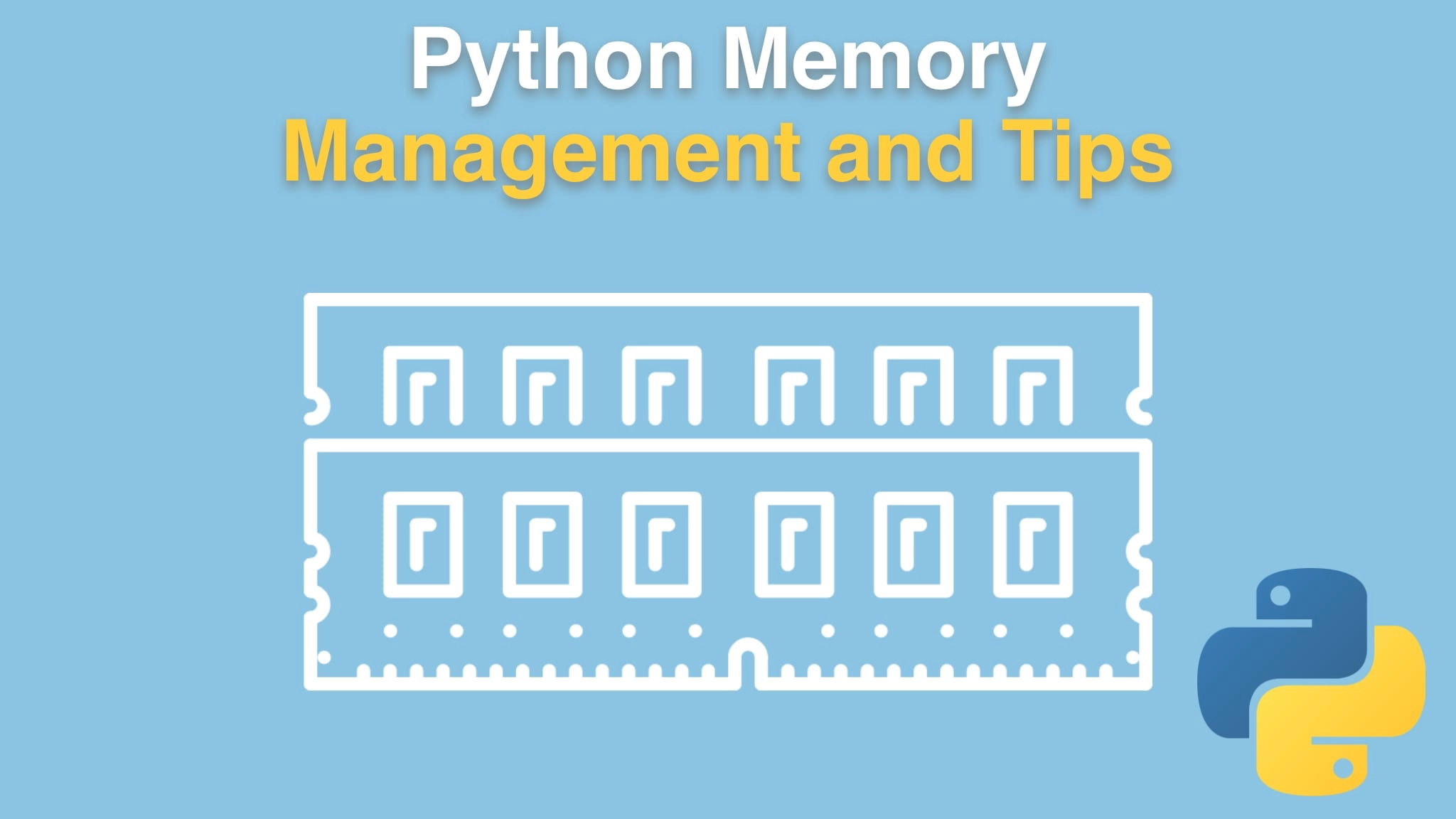Python Memory Management and Tips Transcripts
Chapter: Investigating memory usage
Lecture: Profiling with Fil
Login or
purchase this course
to watch this video and the rest of the course contents.
0:00
Alright, well let's use Fil. Again, we're gonna have to have it installed and put it up, well I'll leave it at the bottom.
0:07
So the way we do it is we say, "filprofiler" here. Hit install. Wait for a moment. Alright, that's all good. And let's go ahead and tell PyCharm
0:17
it is not misspelled because you know what, it's not. And let's cd, I'll show you a better way to get into that folder.
0:23
We can right click, say "open in terminal", there we go. See, right there is our stuff. So what we can do is we can say, "fil-profile", like this,
0:36
the app that we want to run, That's it. Let's run it and see what we get. Oh, it looks like I forgot run. That's right, "fil-profile run", okay,
0:46
now it's doing its magic and it says it's gonna open the browser when it's done.
0:49
Also, I commented out the "@profile" decorator that I'd put on from Memory
0:54
Profiler. We don't want those two things to fight or one to measure the other. It's done, generating report. Now look,
1:03
it opens my Web browser, and what do we get? Cool, it says "Fil Memory profiler". The command we ran was this,
1:09
so it would record, like, command line arguments and stuff like that. And here's the main star of the show, let me make it full screen.
1:17
So what we get is what's called a "flame graph". The width tells us how much memory is allocated as well as of the color,
1:26
and you can dive into it. So over here, we're doing our main, and there's other stuff happening.
1:31
Let's dive into the main, and notice as I'm moving the mouse around, you can see how many bytes were used,
1:38
how much of the total memory, the peak memory, was used. Remember, this is all about measuring peak memory. Go down here. This one 50%, on this line.
1:49
See, we've got our original load_data and you can see what, you know, what this function is
1:54
doing, right? It's loading data then it's creating the randoms which is going to do this list comprehension which goes down into the guts of Python.
2:01
We could go back and we could dive into, like, over here, this scaled part where we're actually doing the data scaling and
2:10
the filtering and you can see that took 26 megabytes, roughly or 36% of the data. Okay, so this is a super cool way
2:17
to go and explore. You can click back here. You can, you know, if you're down here, just hit reset, zoom, and it pulls it all back out.
2:24
So this, like there's more stuff we could go down and see, but, Not a lot happening,
2:28
just extra space. So this is a pretty interesting way to measure the memory, or explore the memory usage of our application. And, like I said,
2:38
its goal is to be focused on data science, script work flows, which a lot of times, you know, those use a ton of data because you want to load up a
2:45
whole bunch of things and process it.
